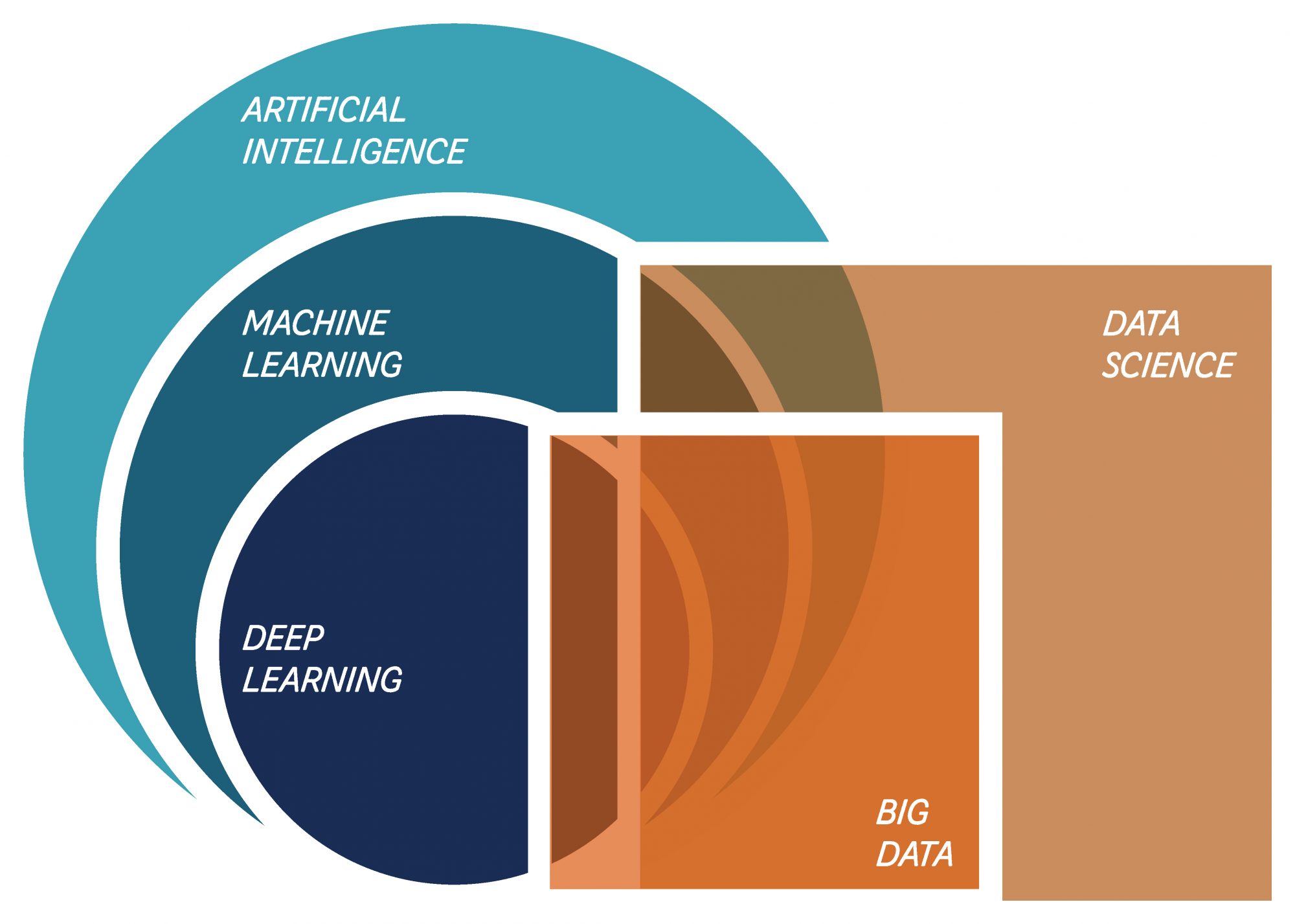Here, Jose M. Peña Director at Lurtis LTD, explores the different approaches to AI problems beyond using Machine Learning
The term Artificial Intelligence (AI) has recently become a hot topic, however, there are currently some misunderstandings about this term, for instance, it has been used as a synonym for Machine Learning (ML), however, ML is only a part of the whole AI.
There are two main reasons to explain this, the first one is the fact that ML is the best known of all techniques, and the second one is because of the similarities between learning and “intelligent behaviour”.
Machine Learning is the ability to train a computer system to perform a task by giving as input either data or, alternatively, an equivalent source of information that allows it to automatically associate, segment and/or classify said data. In other words, the computer can learn something in a certain way and therefore, act with “intelligence”.
Moreover, ML is not a synonym for AI, because AI does not only focus on learning, AI has more factors to be able to operate autonomously in new and uncertain environments and adapt to them accordingly.
Different approaches to AI
Nonetheless, AI comes in many different flavours, and not all of them require vast (or even any) amounts of data. Here we can see three major approaches to AI:
Data-driven AI
This approach has its paramount representative in ML. It works under the assumption that the available data represents relevant information that a machine can learn from to perform specific tasks such as prediction, classification, characterisation or even synthetic generation.
A lot of information of this topic is widely covered in the specialised literature, or even general media, but the following approaches are less known, and it is worth analysing in more detail, in particular, for sectors such as engineering, industrial design, and construction/ architecture.
Knowledge-driven AI
This second approach relies on methodologies that allow expert knowledge to be translated, in order to be interpreted and applied by a series of algorithms to address complex tasks.
Traditional AI approaches of this type are expert systems, ontologies, logic programming, or case-based reasoning. So, the computer system can use structures of information that come from the experience, obtained from interviewing experts, extracted from well-documented cases, or explicitly programmed as rules by a computer scientist.
There are problems, such as logistics and planning that are based on perfectly defined rules, but when the interfering factors or the dependencies grow, it can become so difficult to solve them, so the expert needs an automatic mechanism to handle it.
For instance, suppose you want to optimise a supply chain or a project planning, in that case, you need a search mechanism that iterates on the rules and alternatives and assists the user in the best course of action based on these predefined constraints and dependencies.
Problem-driven AI
This third approach refers to when the AI is based on different quality criteria as the measurement of how good/ bad a solution is. For instance, to solve a structural problem it is necessary to simulate different solutions by finite element simulations (such as ABAQUS) until the solution reaches the best possible values for the evaluation of some predefined criteria, such as minimising weight, and resist a benchmark of mechanical loads. Another example is to train a robot how to resolve a task, e.g., avoiding obstacles.

Combination of approaches to AI
We have just defined three different approaches, but we do not really need to apply them separately, we can combine them to develop some technology that requires them, as we can see in the following examples.
Knowledge-driven AI can be combined with data-driven (ML) when part of the ruleset results from analysing data (learning patterns from the data) as actionable rules for the rest of the system. An example of this hybrid approach is RegURBIS (under development by Lurtis and supported by Innovative UK), a tool that extracts normative values for different stakeholders in the building sector to design a building in a specific location.
This technology uses a Natural Language Processing (NLP) tool trained with building regulation documents that combines expert knowledge in the form of semantic rules and ontologies representing architecture and construction project terms.
Similarly to the previous case, problem-driven AI may use data-driven approaches when the quality criteria uses ML model. For example, in computer vision it is necessary to optimise some parameters to let the machine learn how to extract some information from the images.
For these combinations, Lurtis has developed a flexible framework for numerical optimisation applied, for instance, to different generative design problems in aeronautics, material design, and energy efficiency. This framework is called Lurtis EOE (Engineering Optimisation Engine), which can optimise solutions for any simulation software (such as
computational fluid dynamics, thermodynamics, or solid mechanics) by combining metaheuristics (problem-driven AI), the knowledge of the expert (knowledge-driven AI), and ML (data-driven AI) to assist in computer-based design scenarios. Lurtis EOE is the foundation of many different generative design solutions provided by the company.
In conclusion, Artificial Intelligence is a versatile toolkit for engineering and sciences, and it can solve many different problems by properly selecting fundamentals and technology even if there is no available raw data. Structured and unstructured expert knowledge, computational simulations, and know-how are valuable inputs we can use to design revolutionary AI solutions.
Please note: This is a commercial profile
© 2019. This work is licensed under CC-BY-NC-ND.











